Exploring historic battlefields offers a unique glimpse into the past. These sites are filled with stories of bravery and sacrifice. Visiting them helps us understand pivotal moments in history. Here are some of the most significant battlefields to explore.
Gettysburg Battlefield – USA
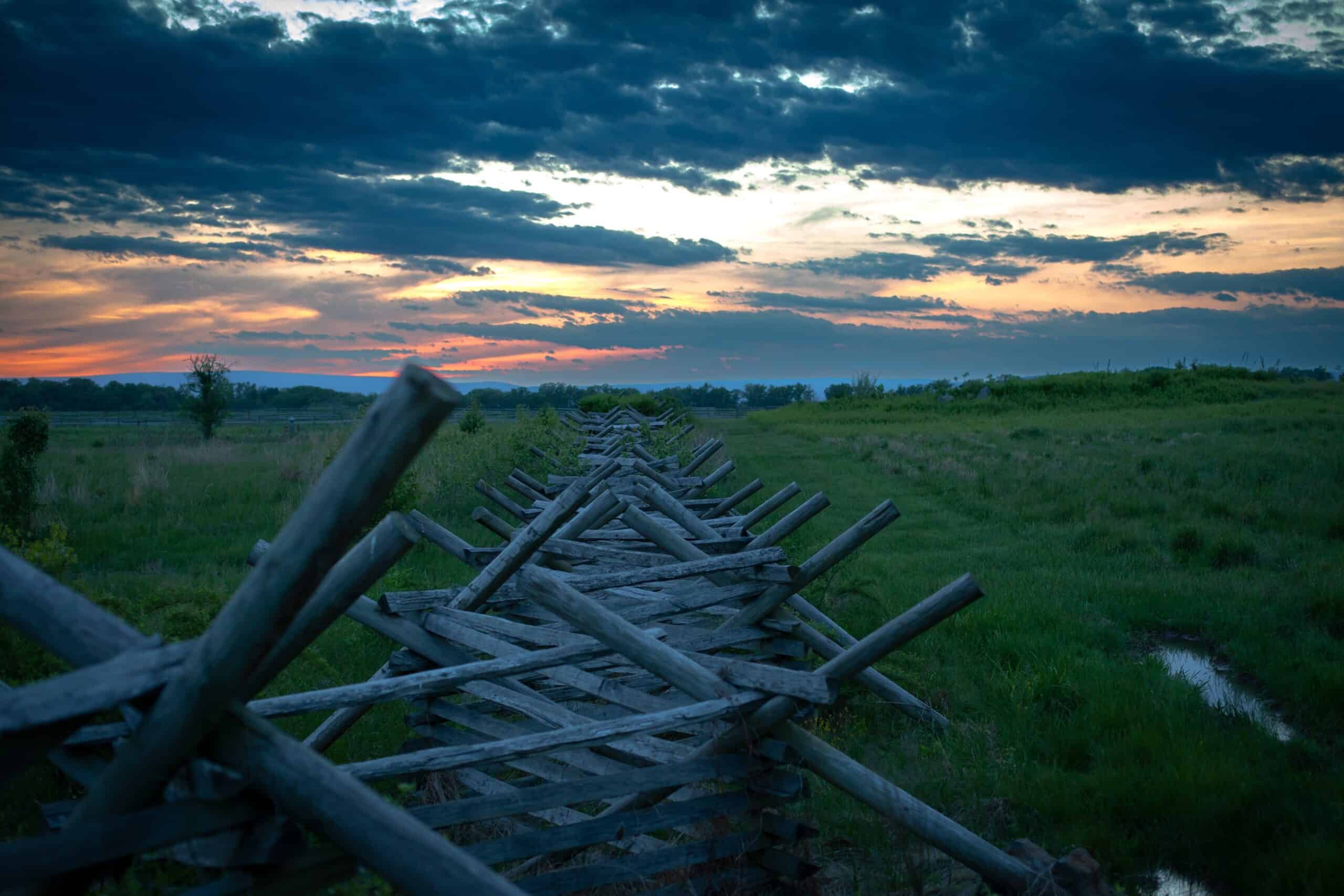
The Battle of Gettysburg took place in July 1863 during the American Civil War. This three-day battle was a turning point in the war, resulting in a Union victory. Located in Pennsylvania, the battlefield spans several key locations, including Cemetery Ridge and Little Round Top. Highlights include the Gettysburg National Cemetery, where President Abraham Lincoln delivered the Gettysburg Address, and the vast collection of monuments and memorials.
Hastings Battlefield – England
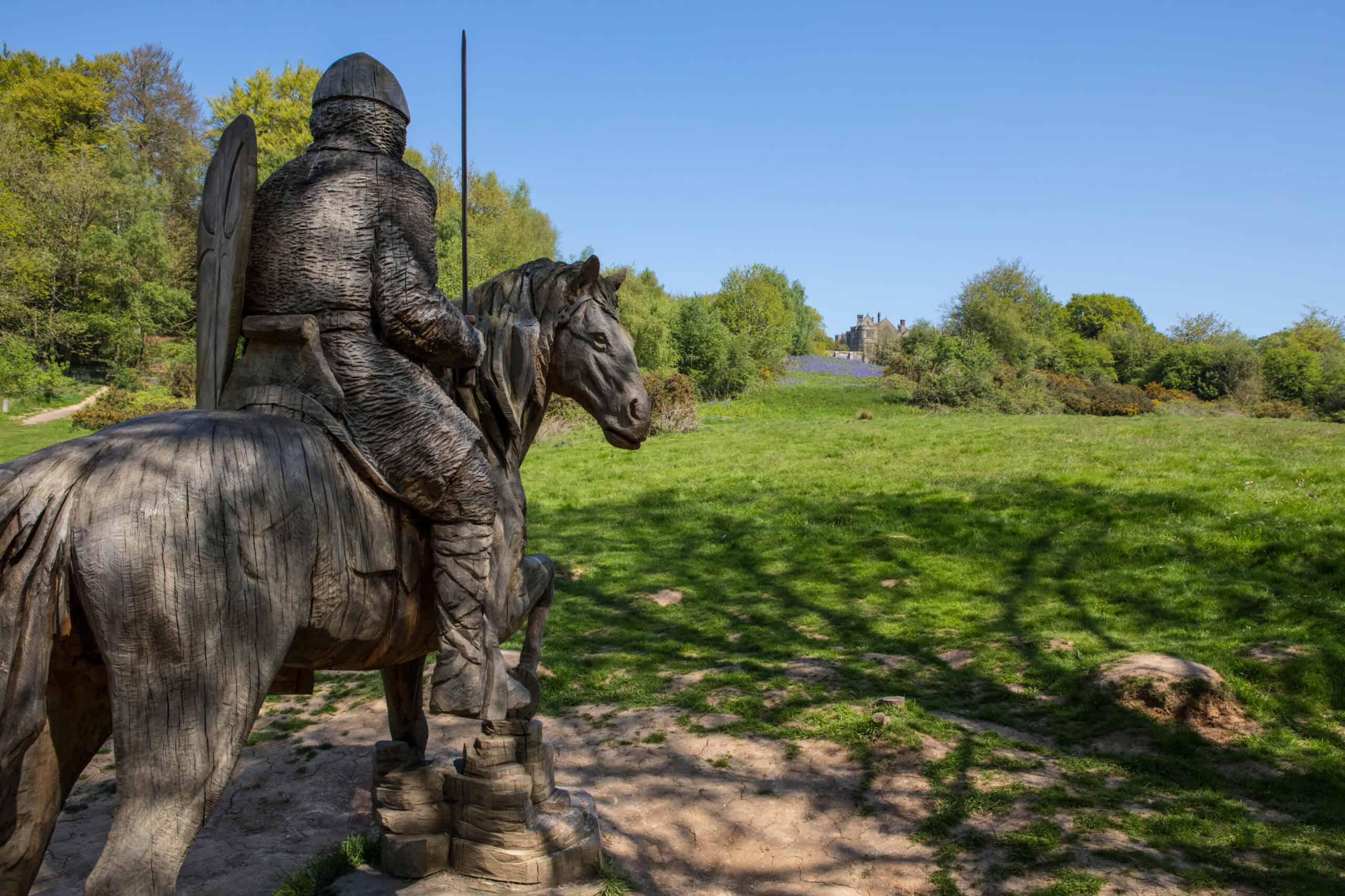
The Battle of Hastings occurred on October 14, 1066. This pivotal conflict led to the Norman conquest of England. The battlefield is located near the town of Battle in East Sussex. Key highlights include the ruins of Battle Abbey, which was built on the orders of William the Conqueror, and an informative visitor center that offers a detailed account of the battle. The site is marked by a famous stone where King Harold II is said to have fallen, and visitors can walk the very grounds where the battle took place.
Normandy Beaches – France
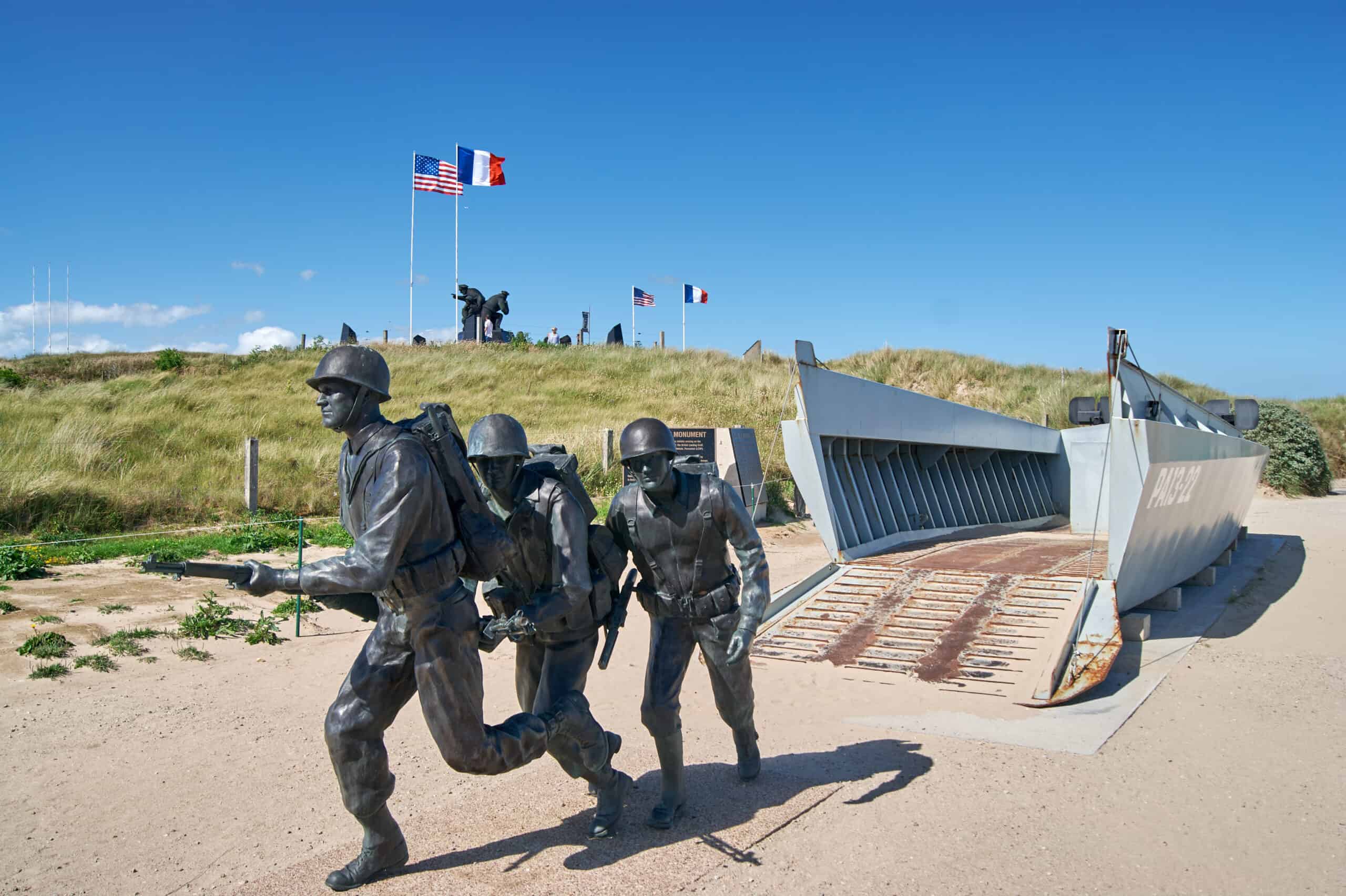
The D-Day landings took place on June 6, 1944, during World War II. This massive military operation marked the beginning of the liberation of Western Europe from Nazi occupation. The Normandy beaches are spread along the northern coast of France, including Utah, Omaha, Gold, Juno, and Sword Beaches. Key sites include Omaha Beach and the American Cemetery at Colleville-sur-Mer. The area also features impressive museums, such as the Memorial de Caen and the Airborne Museum in Sainte-Mère-Église, which provide in-depth perspectives on the invasion.
Waterloo Battlefield – Belgium
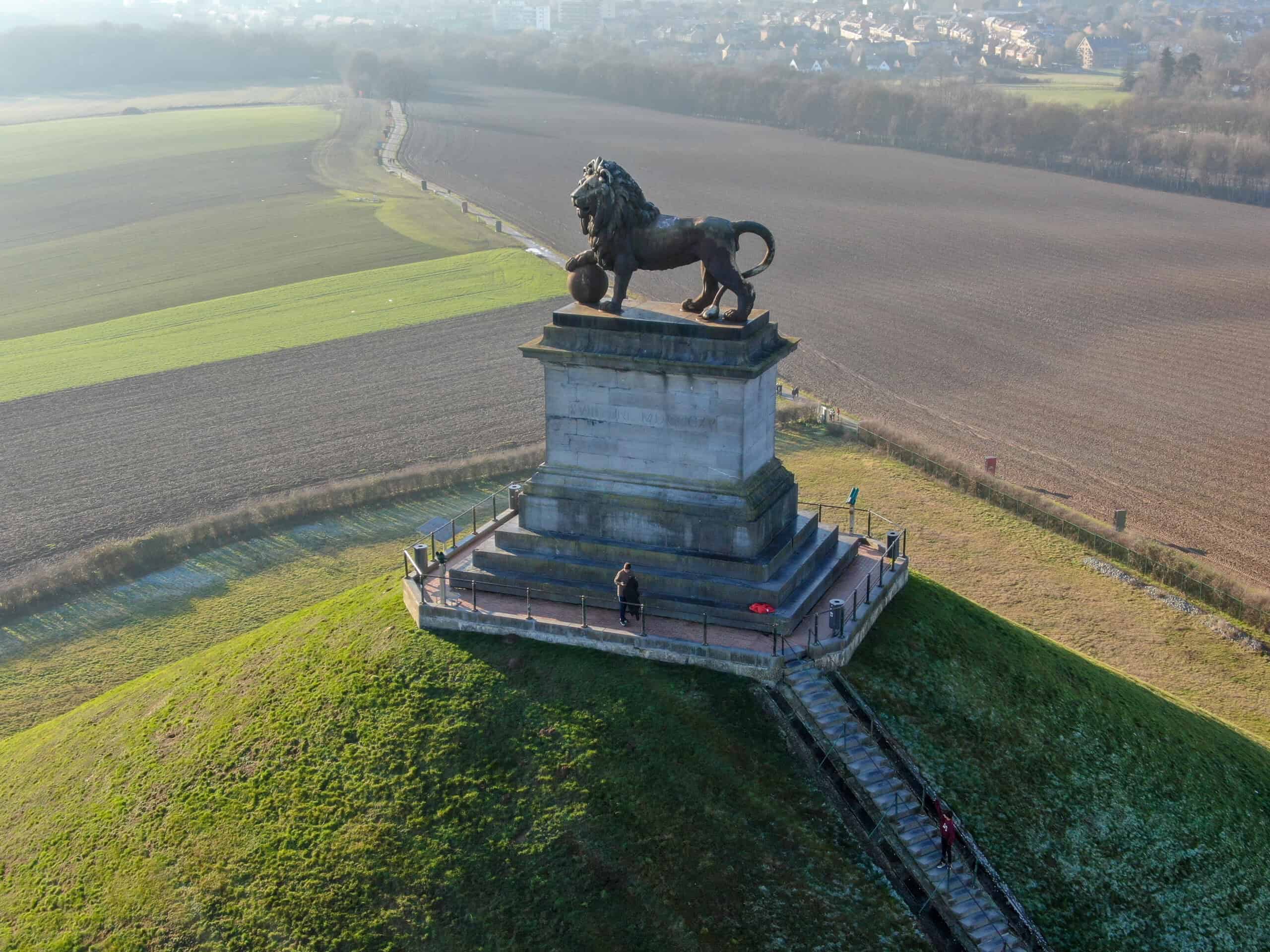
The Battle of Waterloo happened on June 18, 1815. This decisive battle saw the defeat of Napoleon Bonaparte and ended his rule as Emperor of the French. The battlefield is located near Brussels and is centered around the Lion’s Mound, a large artificial hill commemorating the battle. Highlights include the Wellington Museum, housed in the former Duke of Wellington’s headquarters, and the Hougoumont Farm, which played a crucial role in the battle. Unique attractions include guided tours that explain the battle’s tactics and immersive experiences at the Memorial 1815 Visitor Center.
Thermopylae – Greece

The Battle of Thermopylae took place in 480 BC during the Greco-Persian Wars. It is famous for the heroic stand of King Leonidas and his 300 Spartans against a vastly larger Persian army. Thermopylae is located in central Greece, near the Malian Gulf. Key highlights include the statue of King Leonidas and the ancient pass where the battle occurred. The site offers beautiful views and a sense of ancient history, with several memorials and plaques that recount the battle’s events.
Stalingrad Battlefield – Russia
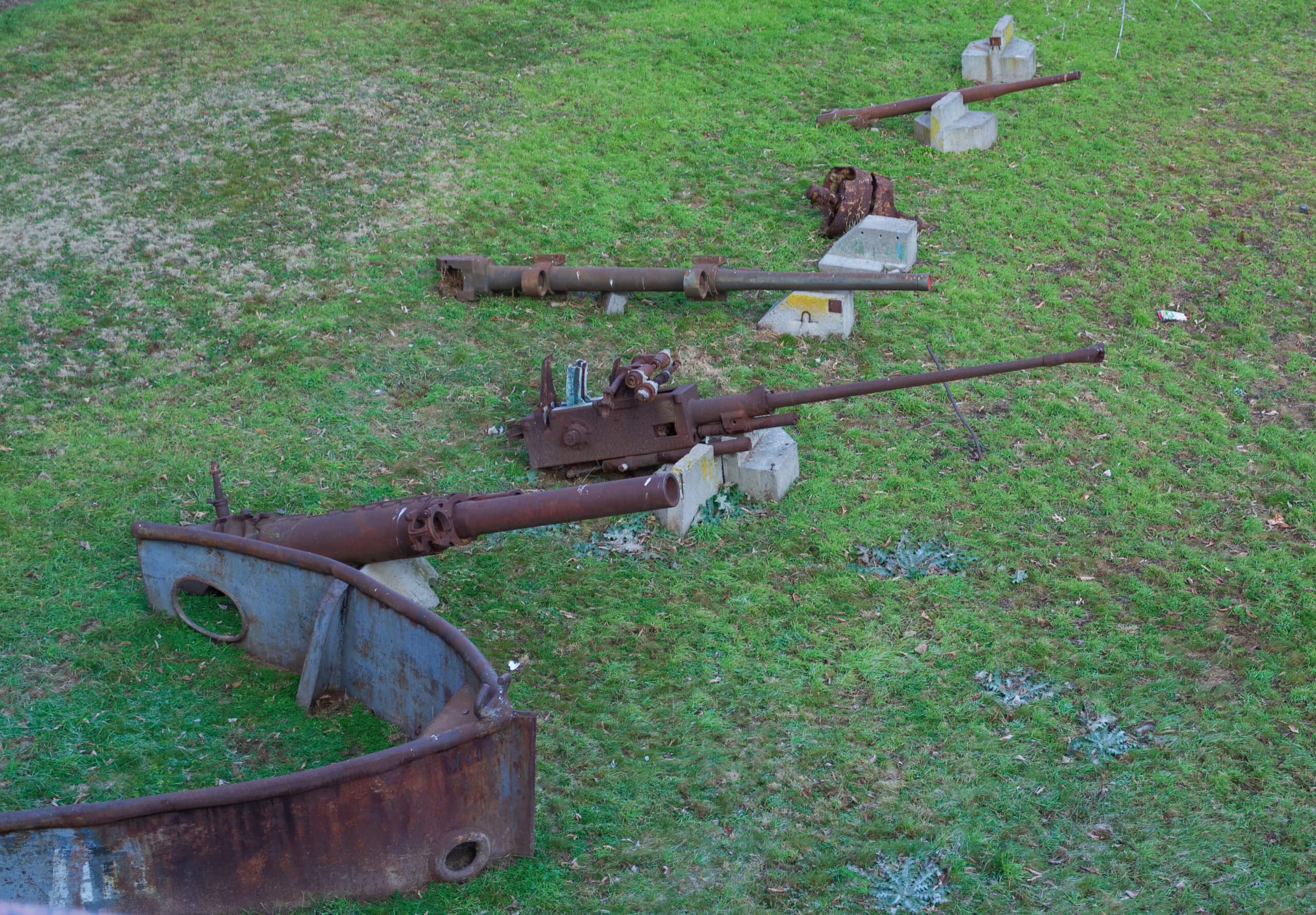
The Battle of Stalingrad occurred from August 23, 1942, to February 2, 1943. This brutal battle was a turning point in World War II, with Soviet forces ultimately defeating the German Sixth Army. The battlefield is located in present-day Volgograd. Highlights include the Mamayev Kurgan memorial complex, featuring the towering Motherland Calls statue, and the panoramic museum that provides an extensive overview of the battle. The site features dramatic remnants of fierce urban combat, including preserved ruins and military hardware.
Antietam Battlefield – USA
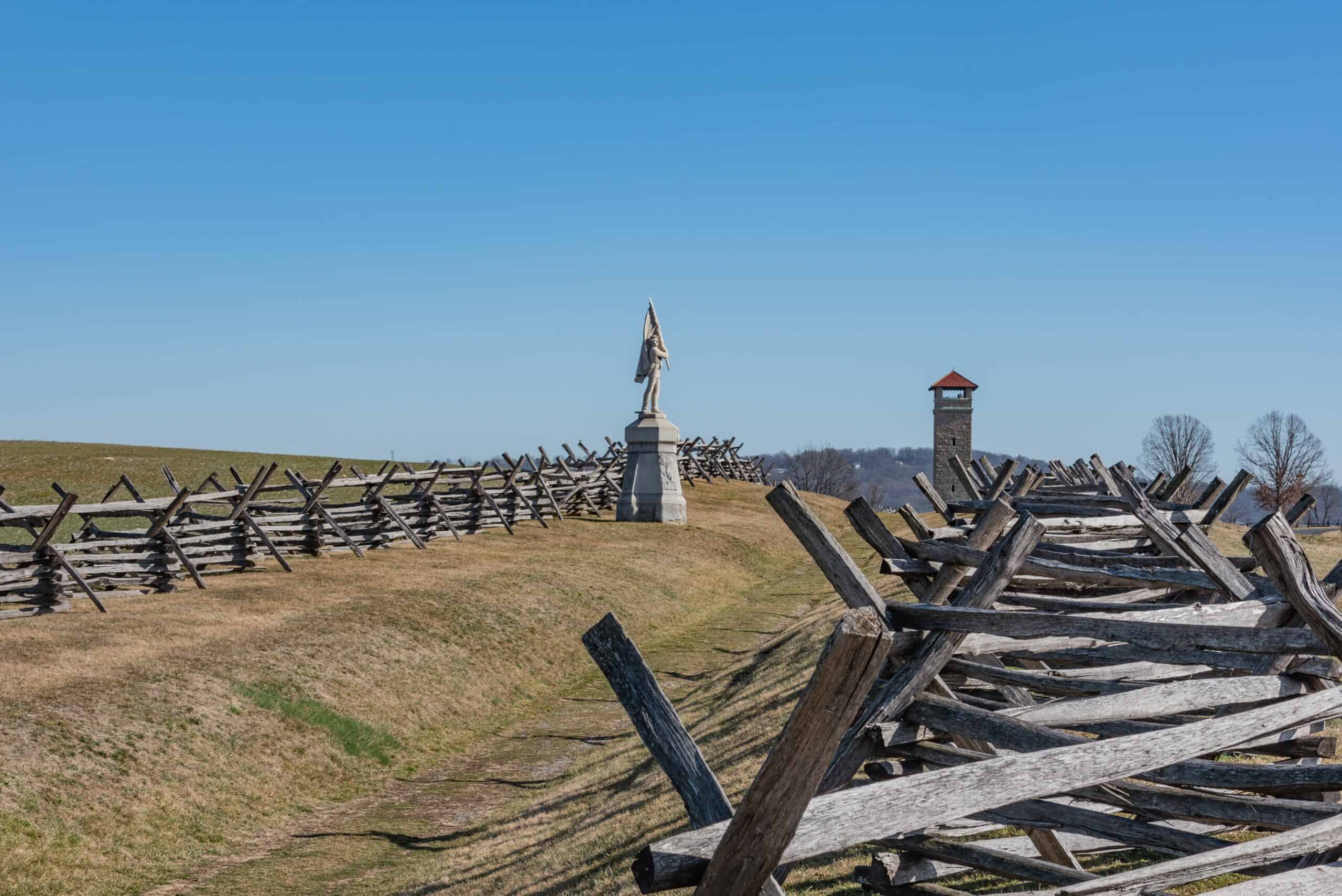
The Battle of Antietam happened on September 17, 1862. It was the bloodiest single-day battle in American history, with over 22,000 casualties. This battlefield is located in Maryland, near the town of Sharpsburg. Highlights include the Dunker Church, which played a central role in the battle, and Burnside’s Bridge, a key strategic point. The site is known for its preserved landscape, including the Sunken Road (Bloody Lane), and detailed exhibits at the visitor center that provide a comprehensive understanding of the battle.
Gallipoli Peninsula – Turkey
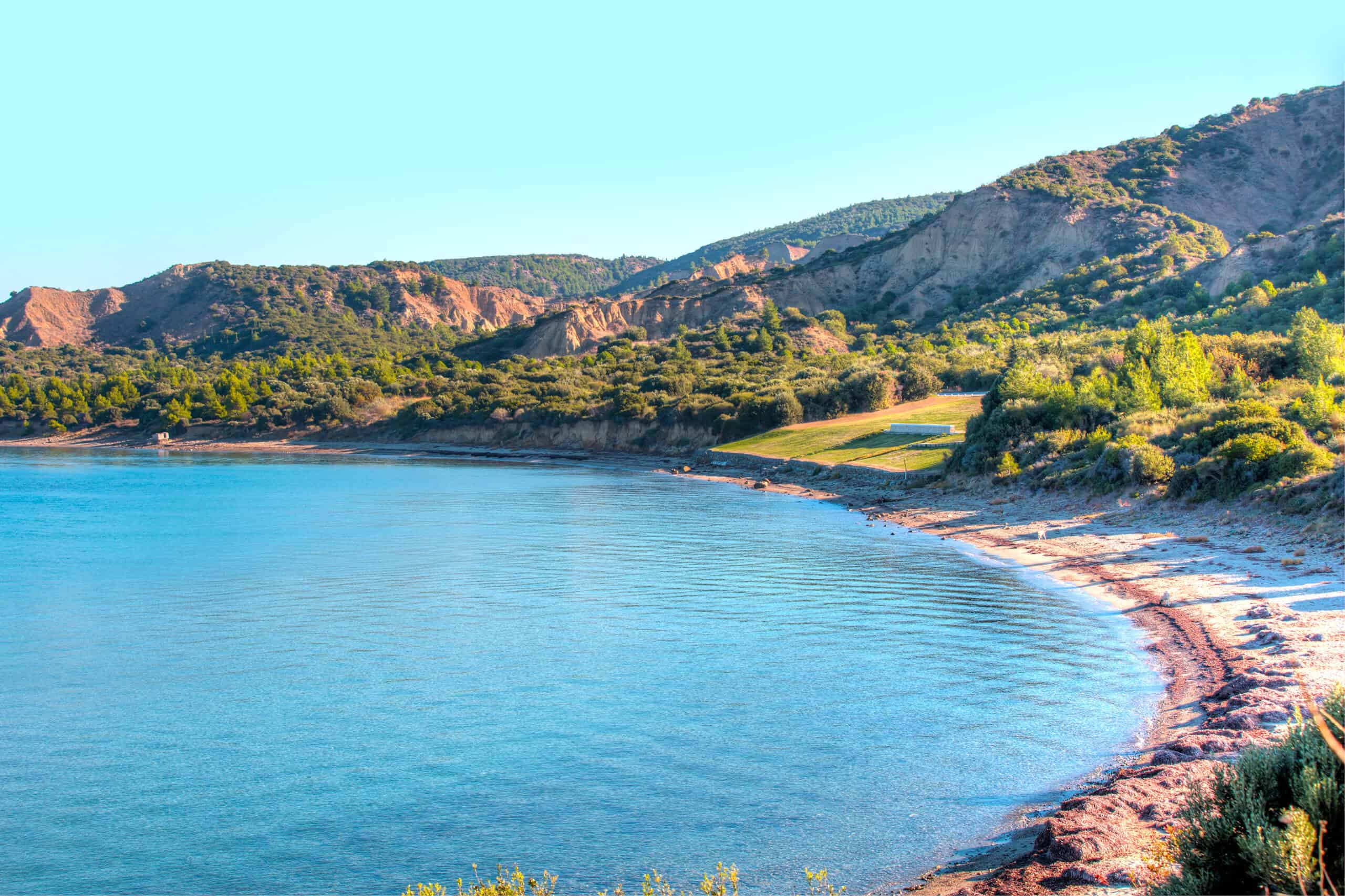
The Gallipoli Campaign took place from April 25, 1915, to January 9, 1916, during World War I. It was a significant and tragic campaign involving ANZAC (Australian and New Zealand Army Corps) forces, as well as British and French troops. The Gallipoli Peninsula is located in Turkey, along the Dardanelles strait. Highlights include ANZAC Cove, where the initial landings occurred, and the Lone Pine Cemetery, a poignant memorial to the fallen soldiers. The area also features moving memorials, such as the Turkish 57th Infantry Regiment Memorial, and stunning coastal scenery that belies the area’s bloody history.
Verdun Battlefield – France
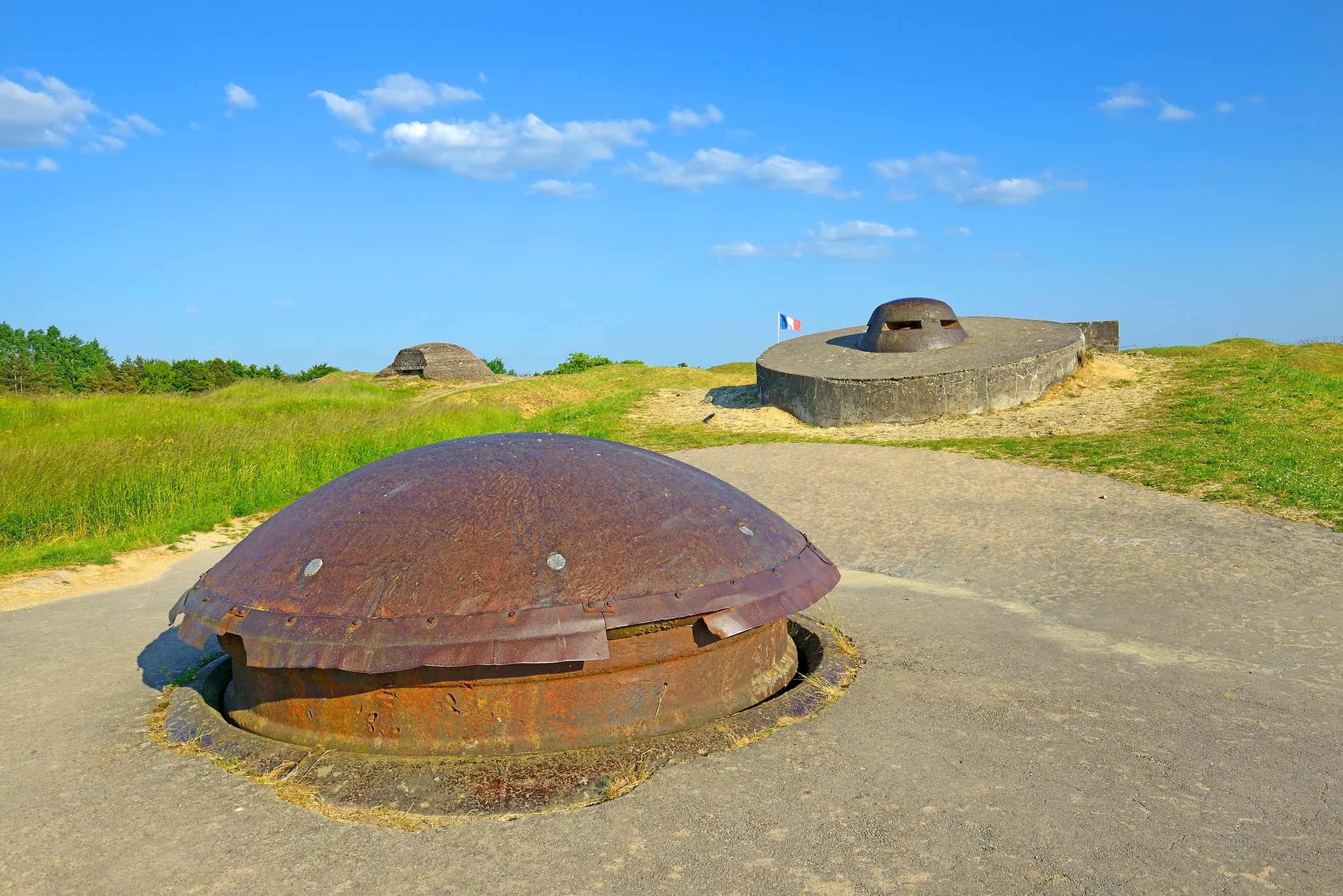
The Battle of Verdun took place in 1916 during World War I. It was one of the longest and costliest battles in history, lasting ten months and resulting in over 700,000 casualties. Located in northeastern France, Verdun is marked by extensive trenches and fortifications. Highlights include the Douaumont Ossuary, which houses the remains of unknown soldiers, and the Fort de Vaux, which saw intense fighting. Unique to this site are the preserved battlefield landscapes and numerous memorials that commemorate the fallen from both sides.
Agincourt Battlefield – France
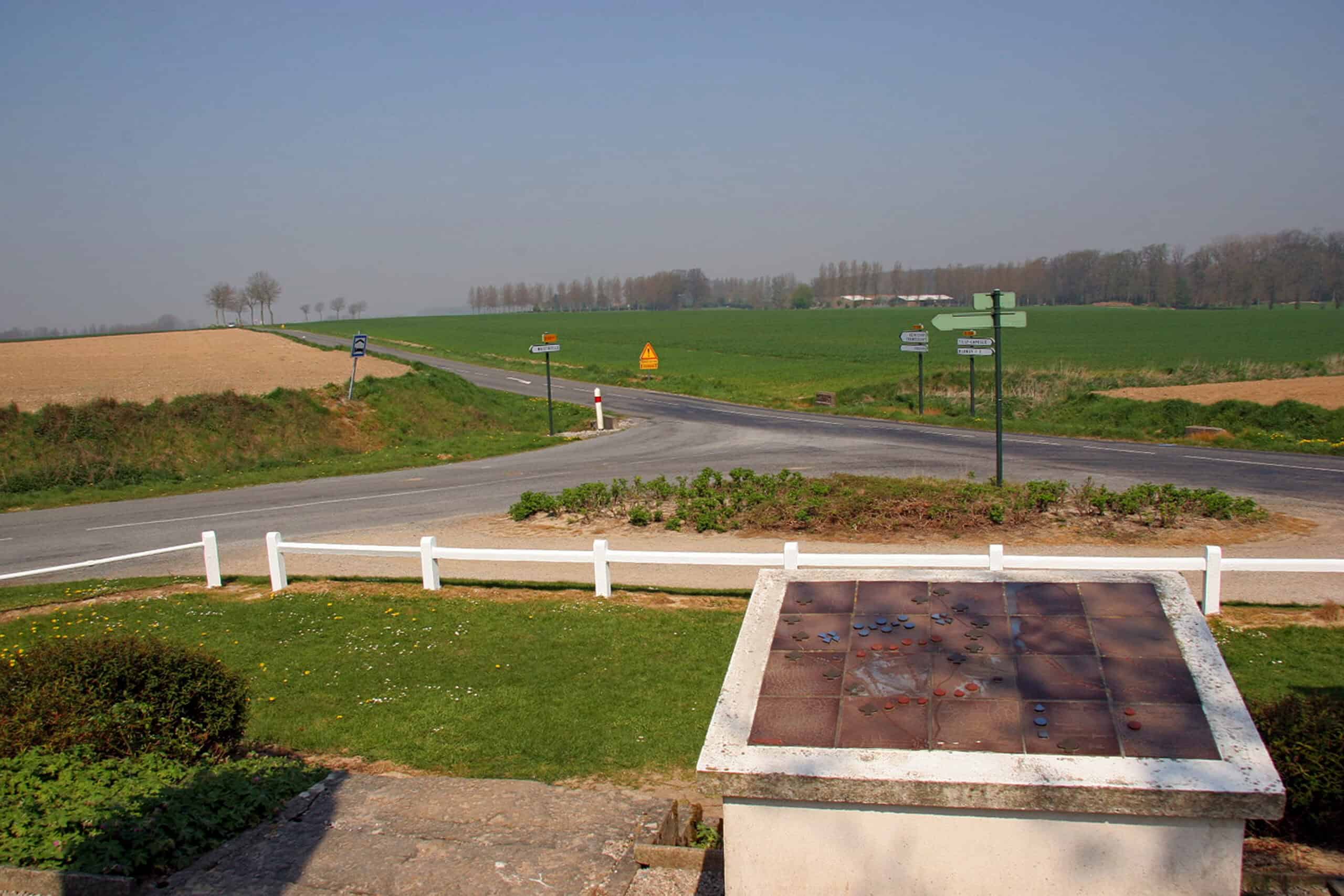
The Battle of Agincourt occurred on October 25, 1415, during the Hundred Years’ War. This English victory over the French is renowned for the effectiveness of the English longbowmen against a much larger French force. The battlefield is situated near Azincourt in northern France. Key highlights include the Agincourt Museum, which offers detailed exhibits on the battle, and several informative trails that guide visitors through the historic site. The site is known for its detailed exhibits and reconstructions that bring the medieval conflict to life.
Plains of Abraham – Canada

The Battle of the Plains of Abraham happened on September 13, 1759, during the Seven Years’ War. This pivotal battle led to British control over Quebec, marking a significant moment in North American history. Located in Quebec City, the battlefield offers sweeping views of the St. Lawrence River and is now part of a large urban park. Highlights include the Plains of Abraham Museum, which houses artifacts and exhibits related to the battle, and the Martello Towers, which were built to defend against potential American attacks. Unique features include well-preserved historical sites and extensive parklands that host numerous cultural events.
Culloden Battlefield – Scotland
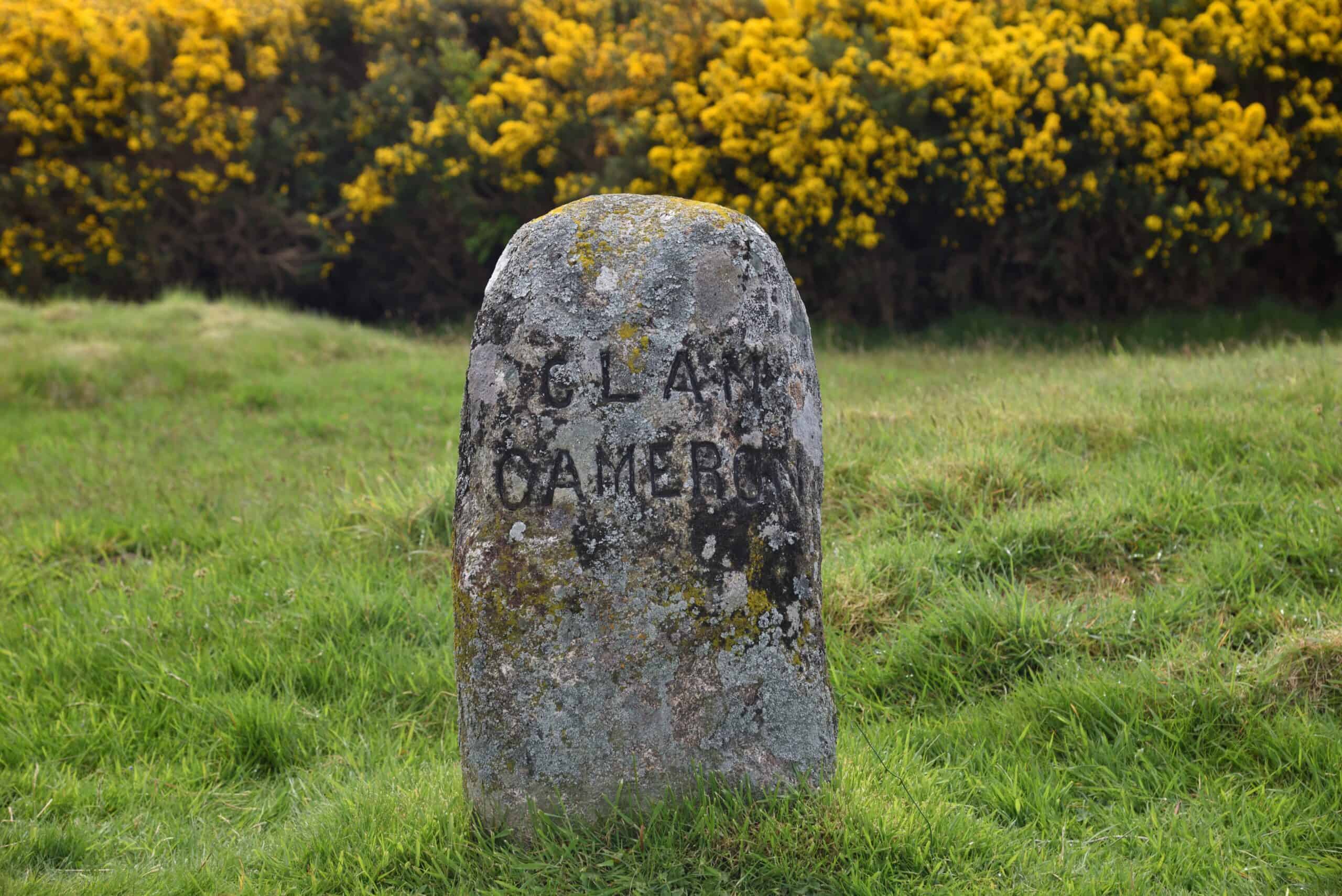
The Battle of Culloden took place on April 16, 1746. It was the final confrontation of the Jacobite Rising and marked the end of the Highland clan culture. Located near Inverness, Scotland, Culloden is a moorland site that has been meticulously preserved. Highlights include the Culloden Visitor Centre, which offers an immersive experience with interactive exhibits, and the Memorial Cairn, a monument to the fallen Jacobite soldiers. The battlefield features reconstructed buildings and detailed interpretive trails that explain the events of the battle.
El Alamein – Egypt
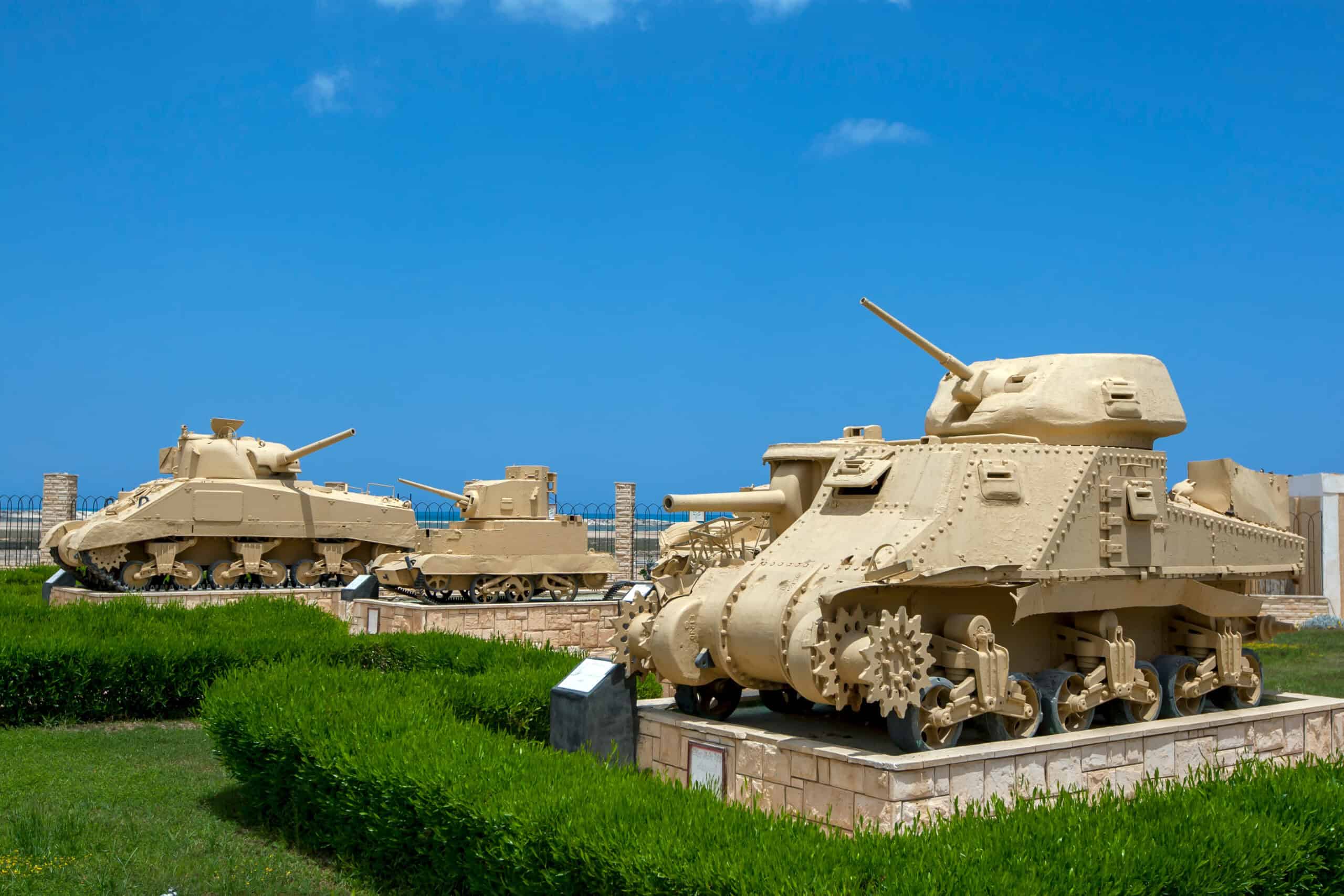
The Battle of El Alamein occurred in October 1942 during World War II. This battle marked a turning point in the North African campaign, with Allied forces halting the advance of Axis troops. El Alamein is located in northern Egypt, along the Mediterranean coast. Highlights include the El Alamein War Museum, which showcases military equipment and artifacts, and the Commonwealth War Cemetery, where thousands of soldiers are buried. Unique attractions include preserved tanks and artillery pieces, as well as memorials to the soldiers who fought and died there.
Pearl Harbor – USA

The attack on Pearl Harbor took place on December 7, 1941. This surprise military strike by the Japanese Navy led to the United States entering World War II. Pearl Harbor is located on the island of Oahu, Hawaii, and remains an active naval base. Highlights include the USS Arizona Memorial, which commemorates the lives lost during the attack, and the Battleship Missouri, where the Japanese surrender was signed. The site also features informative museums, such as the Pacific Aviation Museum, and historic naval vessels that provide a comprehensive view of the events of that day.
Somme Battlefield – France

The Battle of the Somme happened from July to November 1916 during World War I. It was one of the bloodiest battles in history, with over one million casualties. Located in northern France, the Somme battlefield is dotted with cemeteries and memorials, such as the Thiepval Memorial to the Missing, which honors over 72,000 British and South African soldiers with no known graves. Highlights include the Beaumont-Hamel Newfoundland Memorial, a preserved battlefield park, and the Lochnagar Crater, a massive mine crater from the battle. The area is known for its preserved trench systems and poignant reminders of the past, offering a somber but educational experience.
This article originally appeared on Rarest.org.
More from Rarest.org
The 11 Rarest Collectible Toys from the 20th Century

Collectible toys from the 20th century hold a special place in the hearts of enthusiasts and collectors alike. Read More.
The 19 Most Haunted Places in New England

New England is renowned for its picturesque landscapes and rich history, but it also harbors some of the most haunted places in the United States. Read More.
1976 Roosevelt Dime Value Guide

The 1976 Roosevelt dime is made of 91.67% copper and 8.33% nickel. Its core is made of solid copper while its surface is clad with nickel. Read More.
